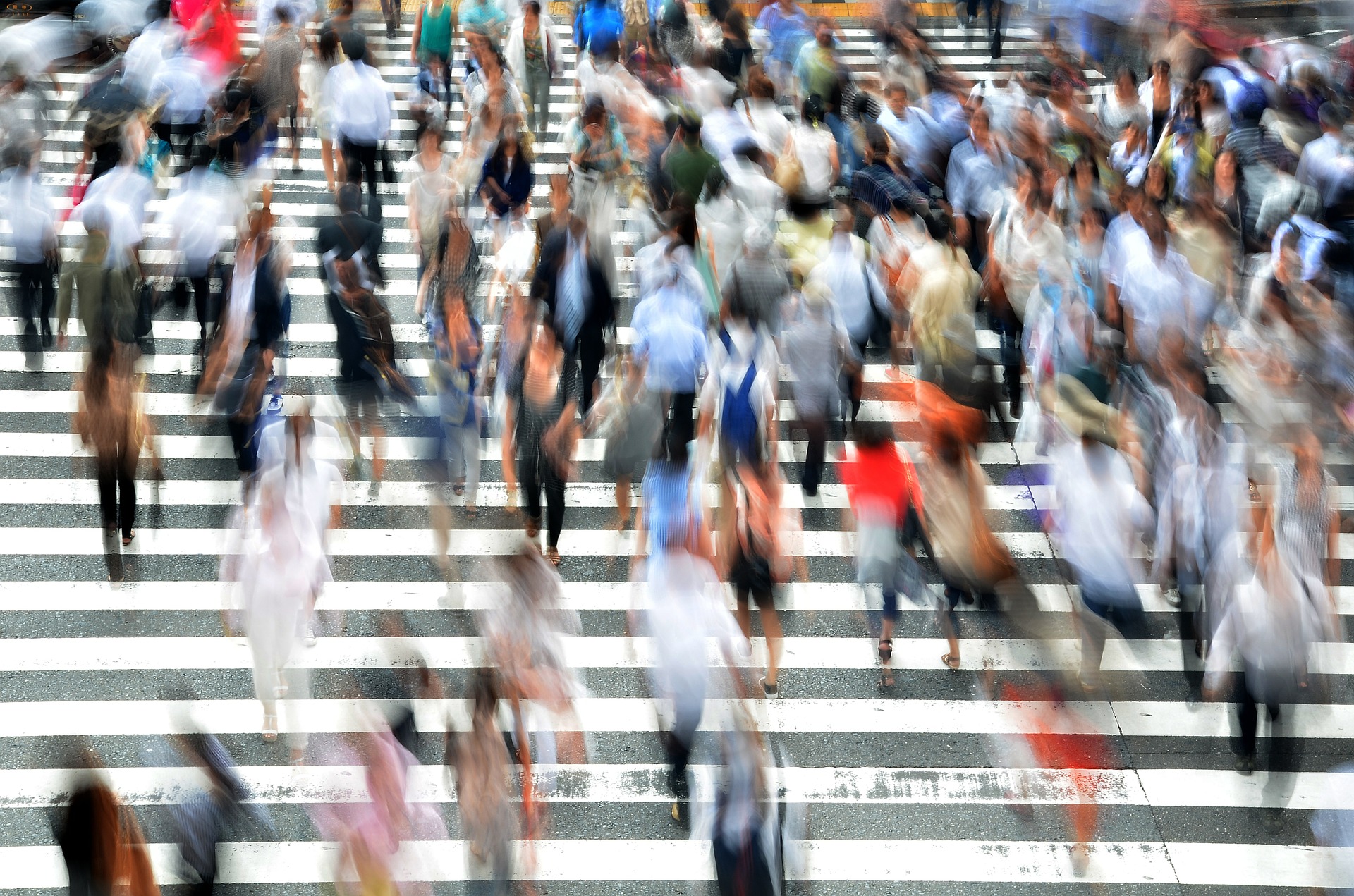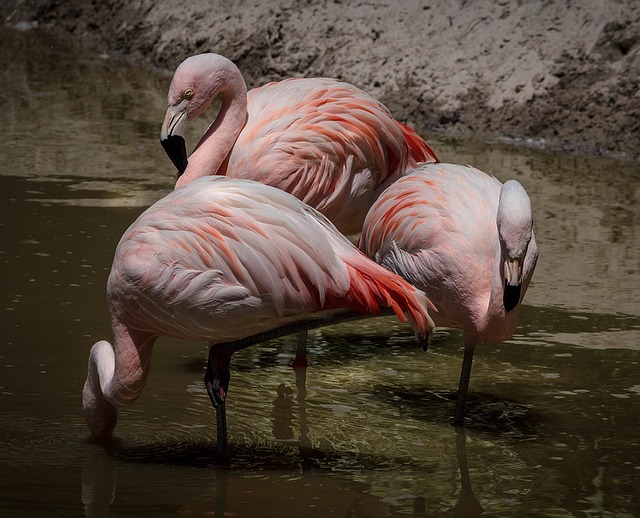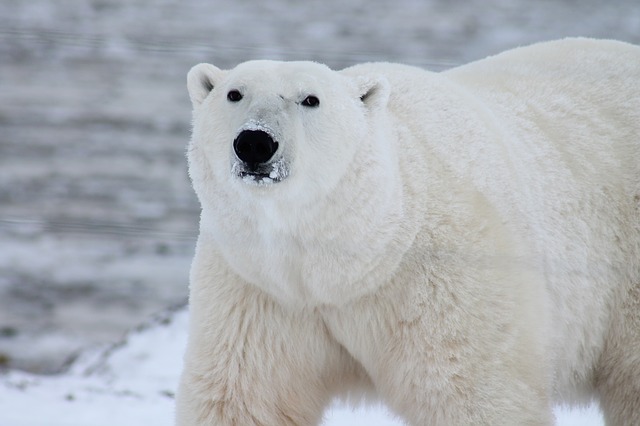
According to some scientists, Earth only has the capacity to sustain 9 to 10 billion people. This calculation is based on the Earth’s available resources. There is a limited availability of fresh drinking water, and besides, there are limitations to the quantity of food which the Earth can produce.
A famous sociobiologist, Edward O. Wilson of Harvard University, highlighted in one of his books how even if all the food-grain would be used to feed the human beings (leaving the livestock), there would still be a certain boundary to how far the amounts could expand. He also explains how only 10 billion people would be able to live on Earth and not more if Earth produces around 2 billion tons of food-grains every year.
John Cohen of Columbia University, a population biologist, enlightens on the many other factors which limit the Earth’s capacity to support many people; the carbon concentrations, nitrogen cycle, and available amounts of phosphorus.
We are already nearing the 9 billion count, and according to the calculations, we might reach the mark by 2050. By 2100, the Earth will have around 10 billion people on its surface. However, the scientists think there could be a change in this prediction as some families are delaying parenthood and now have two kids or less.
The United Nations assessed the trend of global population which clearly reflects how families are becoming smaller. The UN chief of population estimates and projections section, Gerald Heilig, speaks about the experiential data of 230 countries since 1950 which show how there has been an immense fall in fertility rates. He explains that the fertility rate is going down to ‘replacement level’, which is 2.1 kids for every woman; it is the rate at which the next generation replace the earlier ones, making up for those who die at an early age. If the global fertility rate does go down to reach the replacement level by the end of 21st century, then the human population might steady at 9 to 10 billion. But for the time being, population keeps increasing as you could see on this daily updated Population Clock.
If Earth can’t effectively sustain more than 10 billion people, our time is running out, so we need to start changing our habits and live more sustainable lives now while decreasing our fertility rate. Planet Earth is our home and we don’t have anywhere else to go, so we need to take care of it now and start showing some small gestures of love before it is too late – and for love, I meant having fewer children; our planet will thank us!





